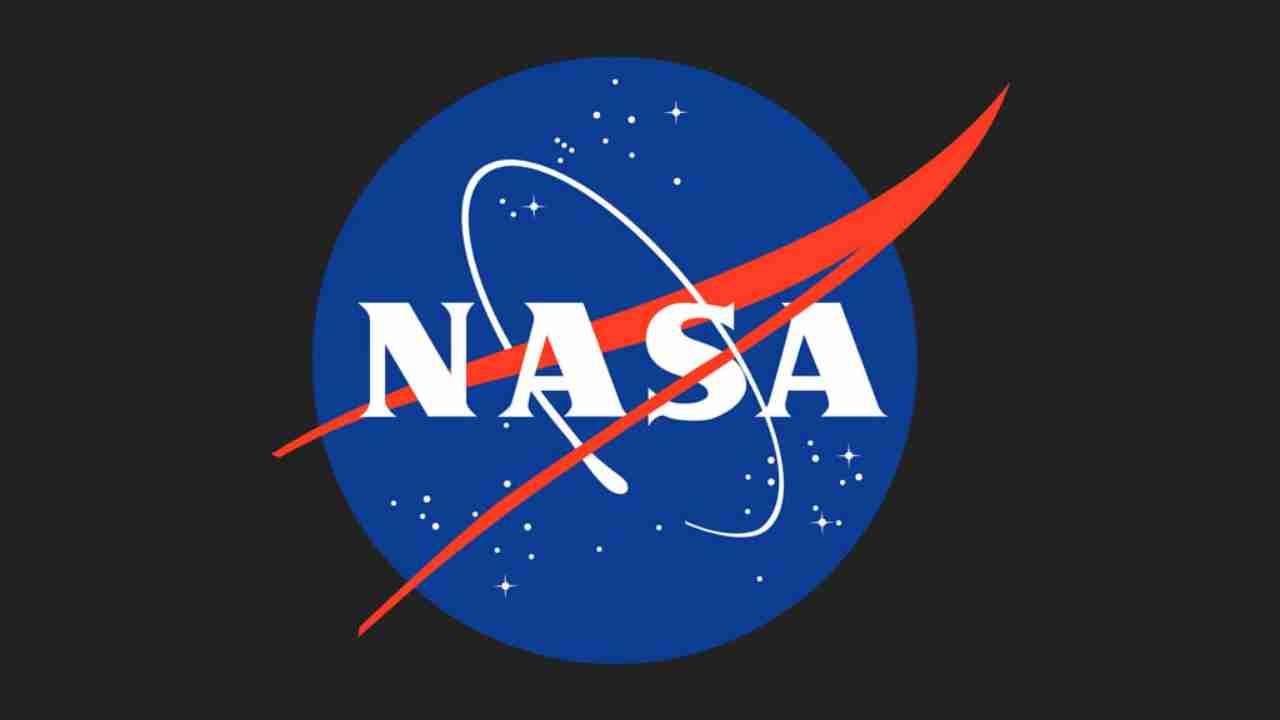Sunday, July 30th, the Juno mission is scheduled to pass by Jupiter’s volcanic moon Io. The solar-powered spacecraft will approach the Jovian moon closer than ever before, coming within 13,700 miles (22,000 kilometers).
The near encounter is anticipated to yield a multitude of data on the hundreds of erupting volcanoes spewing molten magma and sulfurous gases across the moon’s volcano-covered surface.
“As we get closer with each flyby, JIRAM and other instruments aboard Juno add to our library of data on the moon, allowing us to not only better resolve surface features but also understand how they change over time,” said Scott Bolton of the Southwest Research Institute in San Antonio.
Webb captures most detailed portrait of two actively forming young stars (newsd.in)
Io is renowned for its intense volcanism. During the last flyby of the volcanic Jovian moon, which occurred on May 16, the JunoCam imager captured an image from 35,600 kilometers away showing a blur near the moon’s equator in the Volund region. Planetary scientists view these smudges as blazing firearms.
During this encounter, the infrared imager onboard the spacecraft, JIRAM (Jovian InfraRed Auroral Mapper), detected its own smoking cannon. The imager captured the 202-kilometer-wide (125-mile-wide) Loki Patera, which is the greatest volcanic depression on Io.
The #JunoMission is set to make its closest approach yet of Jupiter’s fiery moon Io on July 30. The data collected during this flyby is expected to provide a wealth of information on Io’s volcanic activity. https://t.co/vqXeBQP4yS pic.twitter.com/mV2eFNiBWV
— NASA JPL (@NASAJPL) July 26, 2023
Jupiter was visited by Juno on July 4, 2016. In the third year of its prolonged mission to investigate the interior of the planet, Juno has conducted 50 flybys of the gas giant and collected data during close encounters with Europa, Ganymede, and Io.


















